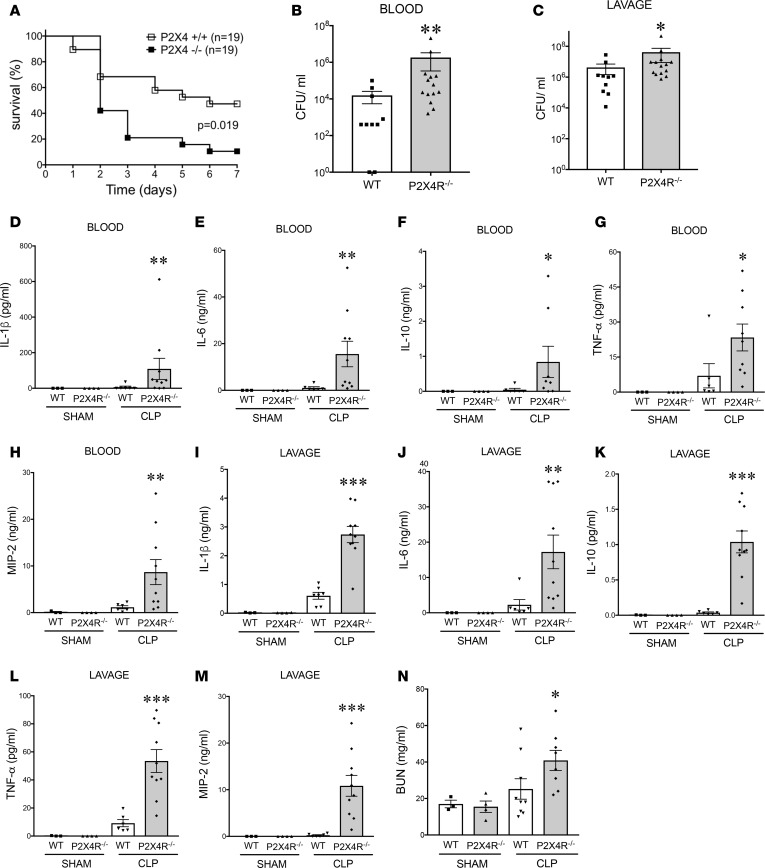Figure 4. P2X4Rs decrease mortality, bacterial load, inflammatory cytokines and chemokines, and organ injury in sepsis.
(A) WT mice have improved survival compared with P2X4R–/– mice. Male WT and P2X4R–/– mice were subjected to CLP, and survival was monitored for 7 days. *P = 0.019 (WT and P2X4R–/–; n = 24 and 25, respectively). (B and C) Bacterial burden was determined by counting the number of CFUs on blood agar plates after serial dilution of blood and peritoneal lavage samples. Blood and lavage fluid were collected at 16 hour after CLP. *P < 0.05; **P < 0.01 vs. WT (WT and P2X4R–/–; n = 10 and 14, respectively, for blood; n = 10 and 14, respectively, for lavage). (D–N) WT and P2X4R–/– mice were subjected to sham or CLP operation and (D and I) IL-1β, (E and J) IL-6, (F and K) IL-10, (G and L) TNF-α, and (H and M) MIP-2 levels were determined with ELISA from blood and peritoneal lavage fluid collected at 16 hours after the operation. (N) Blood urea nitrogen (BUN) was measured in plasma of sham- or CLP-subjected WT and P2X4R–/– mice 16 hours after CLP. *P < 0.05, **P < 0.01, and ***P < 0.001 vs. WT sham- and CLP-operated WT and P2X4R–/–; n = 3, 4 for sham WT and P2X4R–/–; n = 6 and 10 for CLP WT. Data are expressed as mean ± SEM. All results are representatives of 3 experiments. Mortality curves were analyzed using Kaplan-Meier curve and log rank test and in the rest of the experiments one-way ANOVA followed by Mann Whitney test or two-tailed Student’s t test was used

